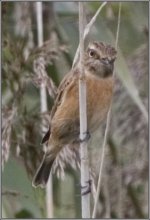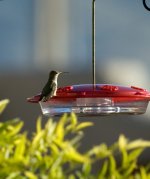Keith Reeder
Watch the birdie...
Evenin' all.
I found this tonight.
See picture no. 3?
Well I've never seen that trick, and so I've just tried it out.
It really works. It's miles steadier than my usual handholding technique, which isn't too bad to start with.
I'll have a proper "in the field" crack at it tomorrow, but I thought it was worth sharing now, because it's very good.
I found this tonight.
See picture no. 3?
Well I've never seen that trick, and so I've just tried it out.
It really works. It's miles steadier than my usual handholding technique, which isn't too bad to start with.
I'll have a proper "in the field" crack at it tomorrow, but I thought it was worth sharing now, because it's very good.







